Farming is now profitable!
- Nabeel Bhattacharya
- May 31, 2020
- 4 min read

Ankit Dave is a farmer who owns a small plot of land in Uttar Pradesh. He along with his wife and 2 school-going kids farm the land and sell their produce to make a living.
Most farmers in India don’t even own any land and work as landless labourers in farmlands. Ankit seems to have an asset – his small plot of land – but he still remains poor.
Despite owning an amazing asset, he is struggling to make ends meet and his living standard is almost as bad as that of the landless labourers in his village.
India is the second-largest producer of fruits and vegetables, globally. In fruits, we can practically grow all varieties as we have 127 climatic zones. Still farming is unprofitable.
Despite all of India's advantages suicides by farmers are common. The farming ecosystem despite its inability to sustain people, is the source of income for the majority of Indians.
Why is this so? 2 major reasons – low prices for farmers and the absence of infrastructure.
The farming ecosystem is not optimised for profit-making. It is a sector that is over-regulated and still stuck in the 20th century - between the oppressive British Raj laws and over-protective early-days of an Independent India.
British wanted to maximise their revenues through taxes irrespective of the harvest which broke the back of all farmers.
As a result, post-Independence India became over-protective of the farmers and did not trust the private sector to give a fair deal to the farmers. Thus, it jumped in the market to protect them.
It introduced the Essential Commodities Act in 1955 and later the Agricultural Produce Market Committee (APMC) that was adopted by the states during the sixties and seventies.
Keep in mind that the large-scale exploitation of the farmers had led to famines and food shortages becoming common for the first time in India’s thousands of years of history.
Agricultural Produce Market Committee (APMC) was established by state governments to ensure farmers are safeguarded from exploitation by large retailers, as well as ensuring that the price of produce is not very high.
On the other hand, the Essential Commodities Act controls the production, supply and distribution of essential goods – mainly farm produce – and has the powers to impose stock holding limits, and restrict movement of goods, mandate compulsory purchases by forcing all wholesalers, distributors, and retailers to reduce their inventories when prices rise.
It was aimed at ensuring affordability by restricting hoarding – also led to no investment in storage facilities or warehousing by traders – and by mandating that the first sale of farm produce can happen only at government wholesale markets or Mandis – controlled by APMCs.
Together, this enabled the government to have full control over the agriculture sector to prevent exploitation.
ECA prevented any investment in storage facilities and today, farmers don’t have the infrastructure to store their output and have to sell at whatever price they get the mandis.
The monopoly of the Sarkaari Mandis via APMCs meant no bargaining power for the farmer who is desperate to sell at any cost as he cannot store the produce and can only sell here and not to any private company that pays more
Nobody is allowed to buy directly from the farmers except LICENSED MIDDLEMEN IN NOTIFIED MARKETS.
Over time, the need for this control framework diminished as India became Atma Nirbhar (self-sufficient) in producing food, and business could do business as normal. Ideally, this would have been the right time to remove all these obstacles in doing business.

However, these obstacles had become a gold-laying chicken for politicians, bureaucrats, and select individuals who got the licenses to operate these markets. As a result, there is a big line of middlemen took all the profit and ensured losses for farmers.
Any reform in this sector was impossible as those responsible for abolishing this ecosystem relied on it for money. Nobody in their right minds would do that, at least not under normal circumstances.
Former Maharashtra CM Devendra Fadnavis, a politician who did not derive his power from the farming ecosystem, did abolish it in 2016 but he could not return to power in 2019 and a ‘farmer leader’ who was voted to power re-introduced the law.
PM Modi also tried to by-pass this system by leveraging technology. What if farmers can’t sell offline, let us take them online! He introduced e-NAM (electronic National Agriculture Market) that is an online trading platform for agri-produce and creates a national unified agri-market for farmers.
He also launched a campaign in February 2020 to set up 10,000 new farmer producer organisations (FPOs) across the country in the next five years that will enable them to market and process the crops collectively and thus, more effectively.
FPOs, registered farmer unions, and cooperatives provide alternative channels for farmers outside the sarkaari mandis that dominate the wholesale business in farm output.
These were great steps but would take time to show impact. The main problem was still out in the open. However, the biggest healthcare crisis of the century – COVID-19 – provided an opportunity.

Some states such as Gujarat, Madhya Pradesh, Uttar Pradesh, and Karnataka sensed this opportunity and abolished APMCs. But the biggest reform was dropped when the FM announced on May 15, 2020, that the EC act was abolished.
Mandis can no longer monopolise farm trade as the License Raj 2.0 due to the APMC regulations is no longer in place.
The farmers were now free to sell wherever they want. Private companies can now directly deal with farmers. Sarkaari Mandis would have to now compete with the private companies to get the farmer’s produce.
All the fake farmer organisations and professional protesters that just want Sangharsh (Struggle) and not Samadhaan (Solution) started crying as they have now become irrelevant as the problem no longer exists.
Just like how 1991 rendered many middlemen and lobbyists jobless, I am afraid many farmer organisation will also need to visit naukri.com
The farmer went from a beggar to a chooser in one instance. No more will the poverty of the farmers be romanticised and is time to treat farmers as an entrepreneur and farming as a business.
However, states will need to be persuaded and followed-up with to implement this central law in agri-trade as farming is a state subject.
In essence, farming is now officially profitable! I think the government should declare that day as the Kisan Diwas. India is now expected to cross the ‘Doubling Farmer Income’ target easily.
Links:
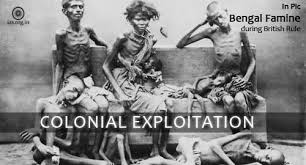
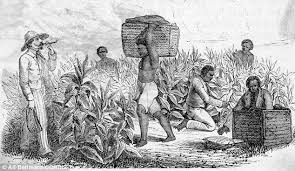
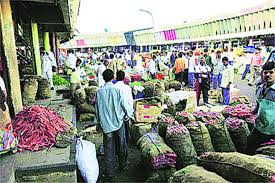
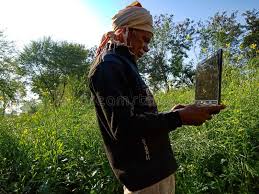
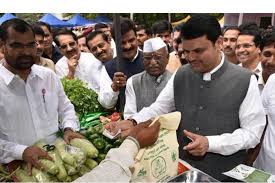
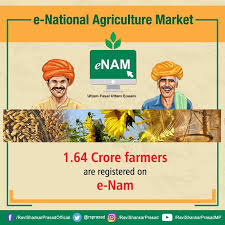

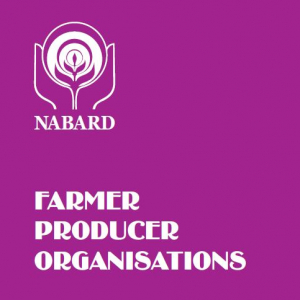
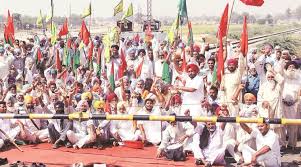
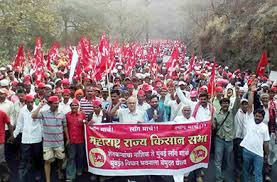
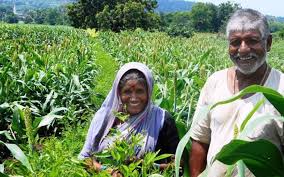
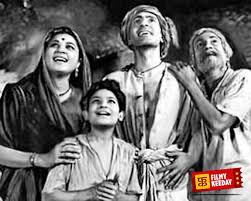
Comentarios